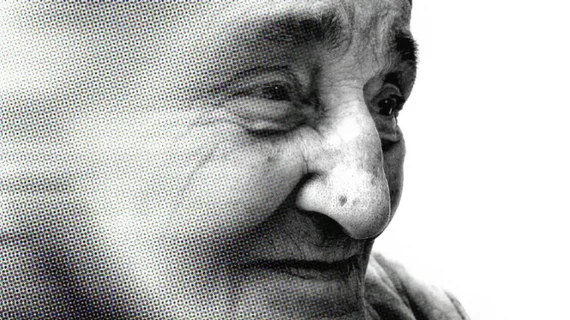Focused ultrasound reduces physical symptoms of Parkinson's disease
Minimally invasive focused ultrasound procedures can offer patients suffering from Parkinson’s disease significant relief from some of their debilitating symptoms.
A new paper published in the New England Journal of Medicine details a clinical trial that utilized targeted focused ultrasound to treat patients' physical symptoms of Parkinson’s, such as tremors and issues with mobility [1]. Experts involved in the trial observed successful responses in nearly 70% of those who underwent the procedure, prompting them to suggest that focused ultrasound could have a future role in symptom management for patients with Parkinson’s.
“These results are very promising and offer Parkinson’s disease patients a new form of therapy to manage their symptoms. There is no incision involved, which means no risk of a serious infection or brain bleeding,” study corresponding author Howard Eisenberg, MD, a neurosurgeon at the University of Maryland Medical Center (UMMC), and colleagues explained.
For the study, researchers divided 94 Parkinson’s patients into two groups—a focused ultrasound ablation group and a sham procedure group (control). The procedures took place at UMMC.
In the focused ultrasound group, experts targeted the internal segment of globus pallidus opposite the most symptomatic side of their body. At three-month follow-up, experts noted improved symptoms (improved motor function or reduced dyskinesia) in 69% of the focused ultrasound group, compared to 32% in the control group.
Two-thirds of the group who positively responded to focused ultrasound ablation continued to display symptom improvement one year following the initial procedure.
While experts involved in the work consider these results to be positive, there were some temporary adverse effects that followed the procedure, including headache, visual disturbances, loss of taste, facial weakness and nausea. According to an announcement on the findings, these side effects subsided within the first few weeks after the procedure.
Given the noninvasive nature of focused ultrasound procedures, researchers suggest that it could open the door for disease management options catered to a wider variety of patients.
“Our study will help doctors and patients make an informed decision when considering this new treatment modality to help better manage symptoms,” said study co-author Paul Fishman, MD, PhD, also a neurologist at UMMC. “But it’s important for patients to realize that none of the treatments currently available will cure Parkinson’s disease.”
The patients involved in this study will be followed for five years to monitor the treatment’s long-term effectiveness.
To learn more, click here.

